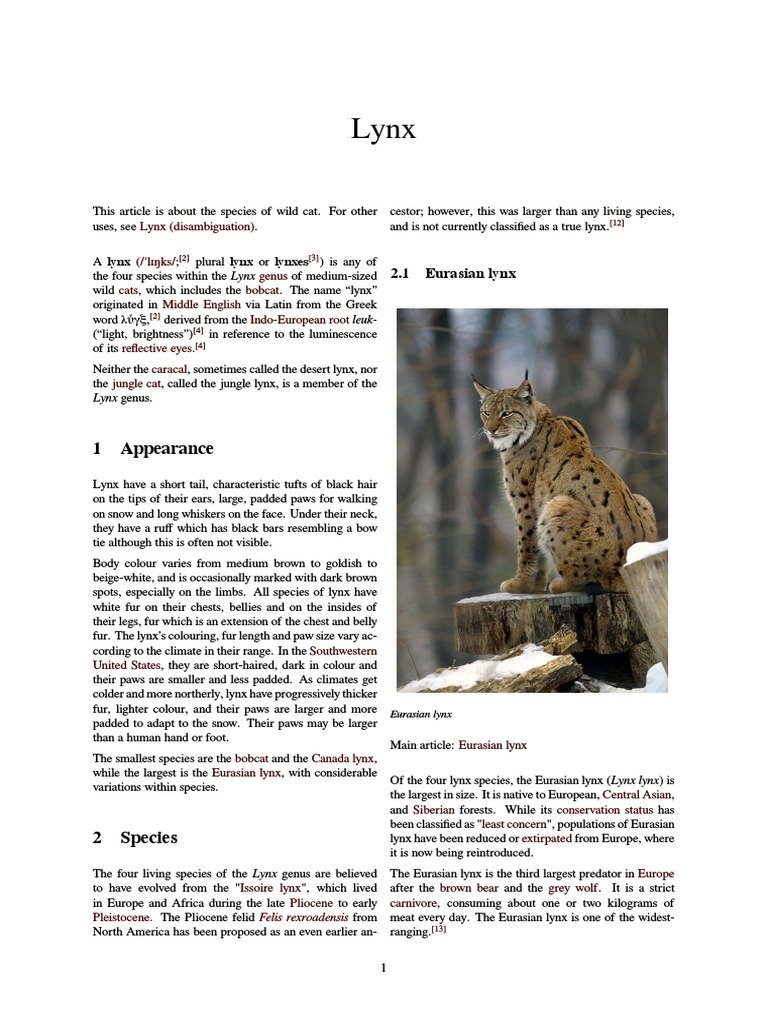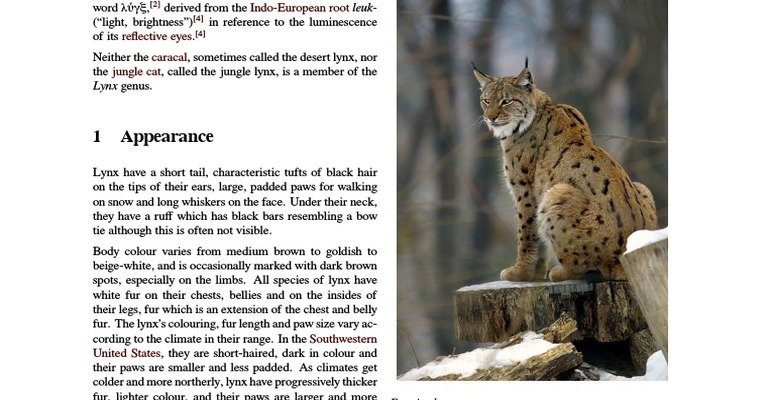
The Eurasian lynx isn’t just a wild animal; it’s a symbol, a muse, and sometimes even a villain in many tales. It often embodies qualities that are celebrated or feared—stealth, independence, or wisdom. Just like how the majestic eagle represents freedom and strength, the lynx captures the imagination, serving as a reminder of the wildness that exists just beyond our everyday lives.
In this article, we’ll explore how the Eurasian lynx has been represented in various cultures and folklore. You’ll find captivating stories and insights that give this beautiful creature a voice in the tapestry of human history. So, let’s dive in!
The Eurasian Lynx in European Legends
European folklore is rich with tales of the Eurasian lynx. In many regions, this elusive big cat is seen as a guardian of the forest, a creature that watches over the natural world. For example, in Scandinavian mythology, the lynx is often associated with the goddess of hunting, *Artemis*. It’s believed that seeing a lynx during a hunt would bring luck, guiding the hunter to success.
In Slavic traditions, the lynx is often depicted as a mystical animal, connected to prophecy and wisdom. It’s said that those who encounter a lynx might receive guidance in their dreams. Think about it: if you’re wandering through the forest and catch a glimpse of this magnificent creature, it’s as if nature itself is whispering secrets to you!
Norse Mythology: The Lynx as a Symbol
In Norse mythology, creatures like the lynx are often tied to deeper meanings. The lynx is sometimes portrayed as a symbol of *shrewdness* and *sharp intuition*. Vikings believed that having a lynx’s pelt could enhance one’s ability to navigate tricky situations, making them more perceptive to subtle hints from their environment.
This connection to intuition makes the lynx a powerful figure in stories about exploration and adventure. Imagine a Viking warrior setting out on a quest, armed not just with weapons but also with the spirit of the lynx, guiding him to make wise choices—a reminder that wisdom often lies in observing the world around us.
Folklore in Eastern Europe
In Eastern European folklore, the lynx appears in tales as a figure of mystery and enchantment. Many stories depict the lynx as a shape-shifter, capable of transforming into a beautiful maiden to lure unwary travelers. This dual nature of beauty and danger highlights the lynx’s fierce independence and cleverness—qualities that are respected and sometimes feared in folklore.
In some traditions, it’s believed that if you hear a lynx’s call at night, it signifies that someone you care about is in danger. This adds an element of urgency to their presence in stories, as well as a sense of the unknown—how often do we overlook the signs nature gives us about the world around us?
The Lynx in Native American Folklore
While the Eurasian lynx isn’t native to North America, many indigenous cultures have their own big cat legends that reflect similar traits. For example, the bobcat, a close relative, often appears in tales as a wise teacher, leading individuals to self-discovery and enlightenment.
In these stories, the lynx or its relatives symbolize the importance of intuition and guidance. They are often portrayed as mentors, helping characters navigate life’s challenges. If you think about it, these lessons are universal. Whether it’s the Eurasian lynx in Europe or the bobcat in North America, these big cats remind us to trust our instincts and listen to the world around us.
The Lynx’s Role in Art and Literature
The impact of the Eurasian lynx extends beyond oral traditions into modern art and literature. Artists and writers often draw inspiration from this stunning creature, using its image to evoke feelings of mystery and wilderness.
For instance, many painters depict lynxes in serene forest settings, highlighting their grace and beauty. In literature, authors might use the lynx as a metaphor for the wild aspect of nature that humans often struggle to understand. This duality of beauty and wildness makes the lynx a compelling figure in contemporary narratives, reminding us of the delicate balance between civilization and the untamed world.
Conservation and Modern Significance
Today, the Eurasian lynx represents not only cultural heritage but also the importance of conservation efforts. As habitats are threatened by climate change and human encroachment, the lynx serves as a powerful symbol for wildlife preservation.
Many conservation groups use the lynx to raise awareness about the need to protect ecosystems that support not just this species, but countless others. Think of it as a mascot for a larger movement—when we protect the lynx, we protect the entire web of life that depends on healthy forests and mountains.
The Eurasian lynx is more than just a big cat; it’s a symbol woven into the fabric of various cultures and legends. From Norse stories of wisdom to Eastern European tales of mystery, the lynx has inspired generations. As we move forward, understanding its cultural significance can help foster respect for wildlife and the natural world.
Honestly, this is a reminder that nature isn’t just around us; it’s part of who we are. By valuing these stories and recognizing their importance, we can ensure the legacy of the lynx continues, inspiring future generations to appreciate the beauty and complexity of our shared world. So next time you hear about the lynx, take a moment to think about its journey through culture and folklore—it’s a tale worth telling!

